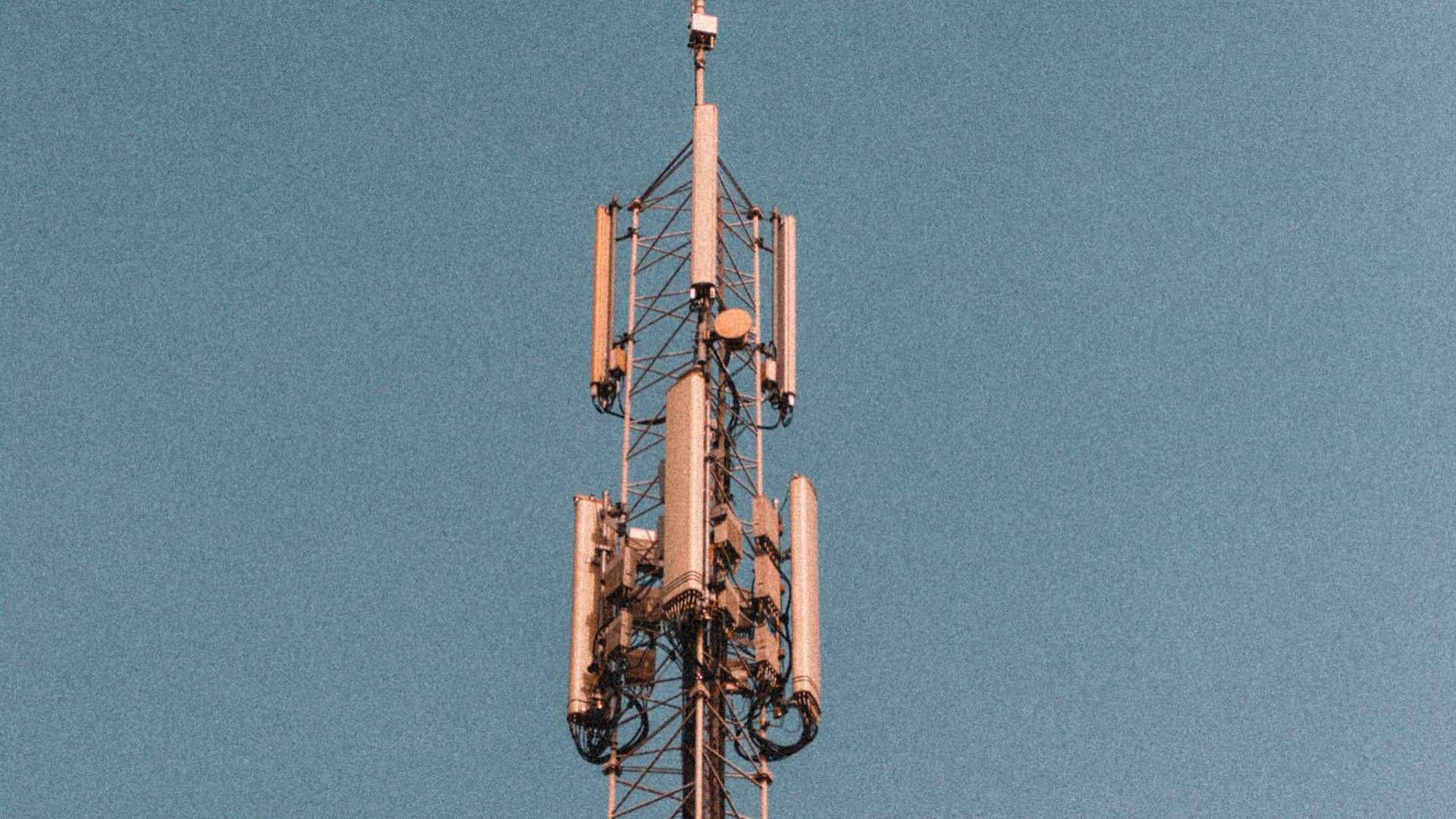- After several delays in the spectrum auction phase, 5G has begun rolling out in earnest in South Africa.
- More African countries are set to follow, as 5G was a key talking point at AfricaCom 2022 this month.
- That said, 4G and LTE still remain important broadband technologies for most of the continent.
Unsurprisingly, 5G was a major theme at the Africa Tech Festival 2022, which took place last week in Cape Town.
For South Africa in particular, the wait for the new mobile broadband standard has been a frustrating one, as the spectrum auction proved to a drawn out process. With it now completed, service providers across the country are ramping up efforts to rollout 5G connectivity and solutions.
While this is indeed promising for those locally, in other parts of Africa, 5G is still some ways off from being a reality. It is why the rollout, penetration and quality of 4G and LTE throughout the African continent should remain a priority for service providers, governments and citizens alike.
This was one of the issues discussed during a roundtable held by Huawei and chaired by its VP for Global Carrier Network Solutions and Marketing, Dr Mohamed Madkour. As he pointed out, 4G and LTE have had a profound impact on the world and will continue to do so in his opinion.
“4G has done great stuff for people around the world. There are a lot of companies that could only be created because of 4G, with trillions of dollars added to the global economy,” highlighted Madkour.
The Huawei VP also noted the fact that 5G still remains in its early stages on the African continent, not to mention the requirement for a solid 4G layer in order to empower the capabilities of 5G.
“5G has only been around for three years and we’ve barely scratched the surface,” he said.
“The secret of good 5G is inspired by carriers having strong 4G. The optimum user experience is strong 4G and 5G. 4G in Africa has been great, but penetration is still around 50 percent,” he added.
As such, with plenty of scope to develop, there is a better chance of bringing 4G and LTE closer to the 100 percent penetration mark than there is for 5G at the moment.
“5G is tiny. 4G still needs to grow, and then we can put 5G on top in places that make sense. Any investment right now in strengthening 4G will actually reduce the investment needed in 5G,” continued Madkour.
Looking at some of the other hurdles that lie ahead for many African nations as regards connectivity, fibre rollout has proved difficult for many, with large segments of society still being unconnected. Here Madkour believes that solutions such as fixed wireless access (FWA) present an important opportunity for connecting those aforementioned segments.
According to the VP, by promoting connectivity through FWA and similar technologies, service providers can potentially ready their customers to adopt 5G when it becomes available. He adds that millions of households across Sub-Saharan Africa are able to afford broadband connectivity, but remain unconnected, which presents a massive market opportunity.
Another hurdle at the moment is the cost of 5G devices, which carry a premium compared to 4G and LTE hardware.
“We all know that the penetration of 5G devices in Africa is low. So for the continent, affordable devices are key. The industry needs a lot of investment from everybody,” he pointed out.
There is indeed much fervour for the potential that 5G presents for the African continent, but that excitement should not overshadow the value that 4G and LTE still offer to those that are unconnected.

